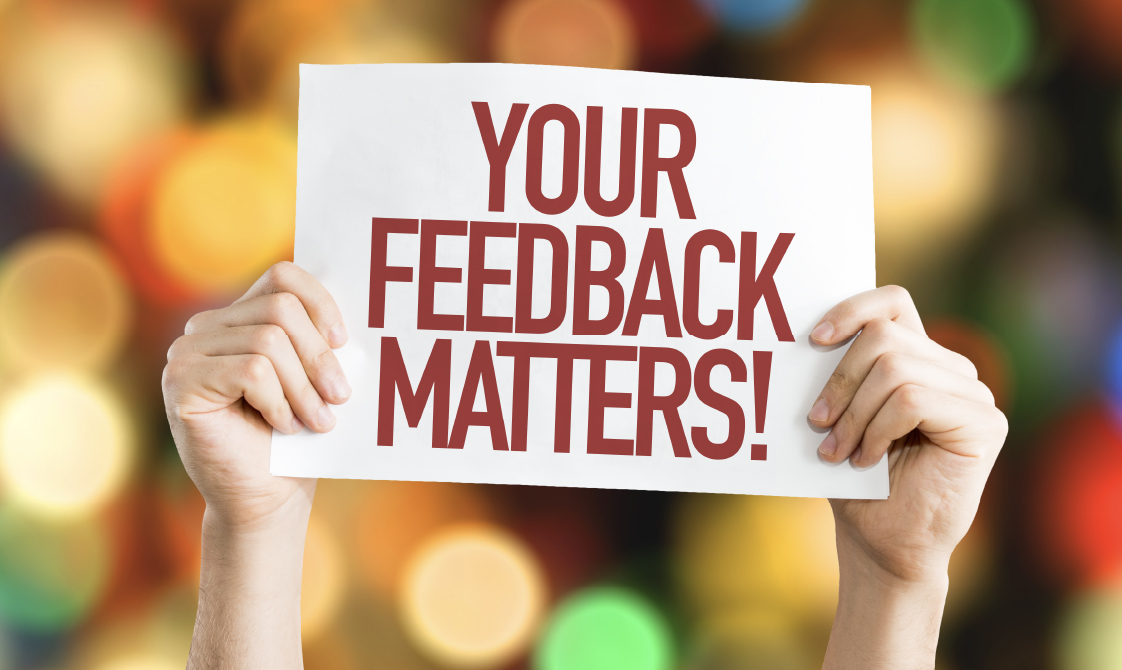The science behind a healthy work-life blend
What’s the perfect recipe for the most delicious work-life smoothie? There isn’t just one, but here’s ours.
Add equal parts rest and humor. Mix in a spoonful of time with friends (furry and human). Fold in some quality alone time. Fill it up with focus and concentration on whatever work task needs to be done or problem that needs solving. As the famous viral series for Blendtec asks, “Will it blend?” It will.
That’s great, you may be saying. But can you give me some more concrete ideas? Yes. We totally can. See them below or watch the video I shared on this very subject.
TIP 1: Naps
Sounds simple, right? So…do you do it? It’s culturally curious how we privately want that precious sleep but publicly celebrate the worker who is “so dedicated” that exhaustion is a status symbol. So let’s celebrate the celebrities who prioritize neuroscience over passé cultural norms: Bill Gates, LeBron James, Arianna Huffington, Sheryl Sandberg, and NASA… to name a few.
NASA’s research shows that just 26 minutes of sleep improved job-performance by 34%. Companies bent on performance started changing norms by adding sleep pods. One company had to also put in screens to shield people from being identified when they walked to the nap pod, as the social science around “taking a break” had not quite overtaken the neuroscience of “but aren’t I judged on the quality of my work?” One plus in the surge to work from home during the Covid era? Your bed is only a few steps away. Seize the daily nap.
TIP 2: Ban the word “busy” (+ two solutions for it…)
We prefer other four-letter words to this one. Busyness can sometimes be a shortcut to letting the world know that you’re a) very important and b) a teeny bit out of control.
When you think of the leaders who inspire you, do you imagine them saying to others “I’m too busy”, or do you imagine them talking about their priorities and kindly saying “no” to requests that don’t fit their priorities. Because busyness, in some measure, is within your control. Consider how you could prioritize the things that are important to you, and take back a little bit of control.
Also, consider saying “life is full right now” to adjust your mental state (feeling more fulfilled than overwhelmed) while communicating to others that you can’t take on any more at this point. Language is powerful.
Our team uses our calendars not just for work, but to block out time for hanging out with family and friends (outside, six-feet apart), eating lunch while not on Zoom, and exercise. We’ve found by reserving a designated time to do our high-priority actions, it’s easier to not let them slip by the wayside when you feel pressure to “get more done” at work.
A key part that is often missing in banning “busy” is our dedication to our work and our teammates. We want to be available, jump in to help, and so we remain incredibly busy. But this is where science helps us see our blind spots. Because when teams take on time constraints around how much they work, and have constraints around when they collaborate (or are entirely offline—gasp!), the quality of work goes up. Leslie Perlow’s longitudinal study of Boston Consulting Group (and she has since replicated the findings in a variety of companies) found that when teams were required to block more time off from work not only did the quality of their work rise but also employee retention increased. And Morten Hansen who has worked with Apple did a large study that also revealed how longer hours do not equal better performance.
TIP 3: Know (and choose) Multipliers over Multitasking.
Take a walk with a friend (bring your cute new puppy along). Host a reoccurring, virtual happy hour with co-workers. Volunteer in your community with your loved ones. Have more meetings by phone while you’re walking outside. Cook dinner while video chatting with your parent(s).
Multipliers are when you combine activities that fulfill multiple goals, not switch tasking that we know from neuroscience only lowers your IQ (and depletes your energy). Embrace your time affluence with super fun math.
There’s no perfect recipe for the right blend. But no matter how you make your own work-life smoothie, it’s sure to be delicious. Have any tips you’d like to share? We’d love to hear them. We’re all in this together.









